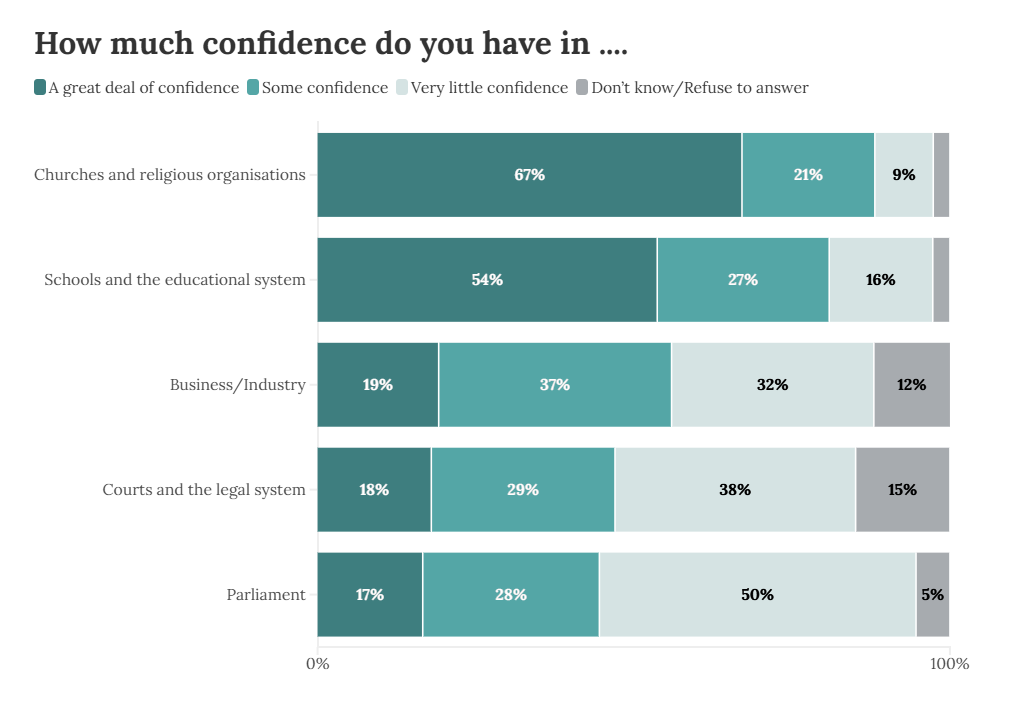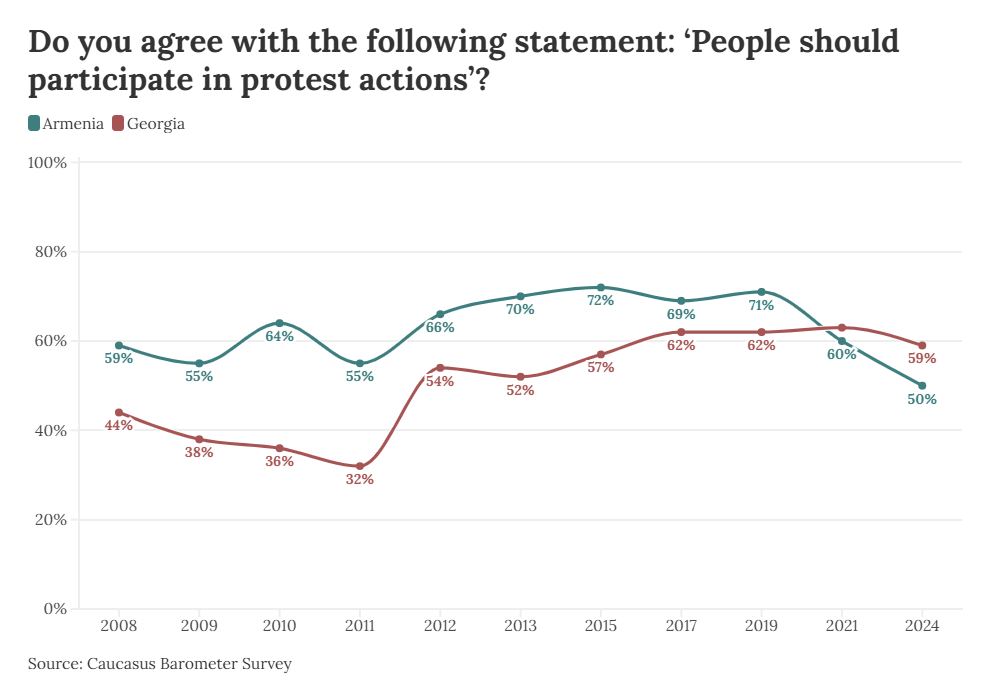Societies in the South Caucasus are conservative with respect to gender roles within and outside the family. This conservatism also affects men and women in the labour market which is now facing many problems in the region, including high unemployment and low wages (see our previous blog on this topic). The realm of paid work has been subject to substantial gender inequality both in terms of labour force participation and the employment profile in Armenia, Azerbaijan and Georgia. The situation, however, seems to be changing within some areas. According to the 2012/2013 Wages and Equitable Growth report by the International Labour Organization (ILO), wage gaps between genders in the region have declined over the past few years. Other disparities are still apparent, such as the paid-versus-unpaid work ratio. Time-use data collected by the National Statistical Service of Armenia in 2008 (thus far the only country in the South Caucasus where such a study was conducted) show significant differences in the time-spent patterns of men and women, one of them being a grossly uneven share of domestic work.
According to the CB 2012, 35% of women in Armenia, 26% in Azerbaijan and 35% in Georgia are working – either as employees, or self-employed (excluding pensioners, students and disabled, who remain outside of the labour force). Around twice as many men in Armenia (74%), in Azerbaijan (68%), and in Georgia (56%) have paid jobs.
In the South Caucasus, women’s participation in the labour force is substantially lower than men’s, but the realm of unpaid work remains a female domain. The virtually non-regulated sphere of domestic activities remains subject to great gender inequality. For example, time-use data collected in 2008 by the National Statistical Service of the Republic of Armenia (ARMSTAT) on a representative sample of the Armenian population tracked class and gender differences in lifestyles and behaviour. The data covers all activities taken up over the day (recorded in a time-use diary form) and shows substantial disparities in the way men and women spend their time over the average weekdays. This includes their participation rates in paid employment and unpaid (mostly domestic) work.
Figure 1: How men in Armenia spend time during the weekdays
Figure 2: How women in Armenia spend time during the weekdays












